Recovery is part of any training plan. It's really easy to get sucked into the whole 'farther and faster' thing every day, but in reality, you do more harm than good. Good recovery helps build your muscles back and avoid injuries, ensuring your training is effective. Below is our comprehensive guide to the best running recovery gear to perform at your best.
Why Recovery is Important
As you run, you stress the cardiovascular and musculoskeletal systems, leading to millions of microscopic tears in your muscle fibres. Recovery permits these fibres to repair, leading to further muscle resiliency. Your muscles do not necessarily perform better without proper recovery, and you might develop injuries. Rest between training days and specific strategies directly after a workout foster recovery.
Rest Between Training Days
Rest is key to muscle recovery. "Depending on the length and intensity of the workout, your body needs at least 36 to 48 hours to recover," said Kevin Vincent, M.D., Ph.D., director of the University of Florida Running Medicine Clinic. Listen to your body. If you're a new runner in training for your first 10K and you're already stiff, don't push through the pain. If you're a veteran marathoner, you might get away with a light run the day following a hard run.
Recovery Directly After a Workout
"What you do immediately following the workout is as important as the workout," says Adam Tenforde, M.D., assistant professor of physical medicine and rehab at Harvard University. "Your future performance depends on the strategies you use to recover after a run."
Hydration: Rehydrate to restore the losses incurred through the workout. Weigh yourself before and after a run to determine fluid loss. Try and replace between 1.3 and 1.6 litres of fluid for every litre of sweat lost in the next two hours. The hypotonic (more dilute), isotonic (same concentration), and hypertonic (more concentrated) fluids have different functions. For rapid absorption, it is better to choose hypotonic fluids, such as diluted fruit juices.
Muscles require food to recover. Try to eat a 3:1 ratio of complex carbohydrates to protein within 30 minutes post-exercise. This will help restore glycogen stores and repair muscle. Good examples include an apple and peanut butter with whole grain crackers; fat-free plain yoghurt with cereal and berries; or a protein bar with the proper carb-to-protein ratio.
Post-exercise static stretching helps reduce the incidence of injury when undertaken soon after running, within 25–30 minutes. The major muscle groups to stretch are the quads, hamstrings, glutes, calves, and hips. Alternatively, a foam roller can reach deeper muscle tissues for recovery. Roll the entire muscle length, then maintain pressure on tender areas.
Ice baths, however uncomfortable they might be, have been found to have a significant reduction in muscle soreness and recovery time. Lower your lower body into the ice water at 10 to 15°C for 10 to 15 minutes in order to reduce inflammation. A 2012 study proved that the group of subjects who submerged themselves in ice baths reported less soreness compared to the control group.
Rest enables the repair and growth of muscles, and this is especially so during sleep. The average adult requires between seven and nine hours of sleep a day. Competitive athletes spend much more time sleeping. Sleep will rank highly on the list of things to do since this is when the body gets the opportunity to recover from the strain of training and, in the process, get stronger.
The Best Recovery Equipment For Runners
To really get your recovery rolling, consider some of these important running-recovery essentials.
Foam Rollers and Compression Gear
Foam rollers help to release muscle tightness and also support blood flow. They are the best at repairing deep muscle tissue and reducing soreness. Compression-training socks and sleeves provide benefits such as improved circulation, reduced muscle fatigue, and faster recovery. Wear them during or after workouts for the best results.
Massage Implementaries
Hand-held massagers or massage guns can isolate specific muscular areas and relieve them of stress for faster recovery.
Hydration Systems and Nutrition Supplements
Invest in quality hydration systems, such as water bottles with measurement markers, to ensure you are replenishing lost fluids accurately. Consider protein powders, recovery drinks, or electrolyte tablets to help with muscle repair and hydration.
Conclusion
Rest and recovery have always been key aspects of any training program. It is almost always underestimated, yet it is indispensable for enhanced performance as well as for injury prevention. With the proper running recovery accessories and by listening to your body's needs, you will be well on your way to making the best fitness gains and enjoying a healthier running journey. But don't worry; The Athlete's Foot has you covered with a wide selection of the finest-quality athlete recovery equipment.

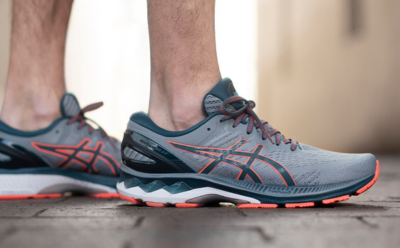
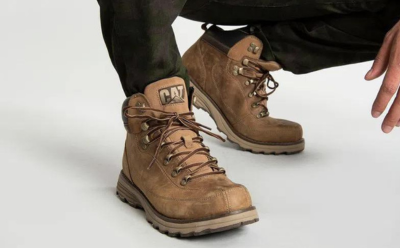
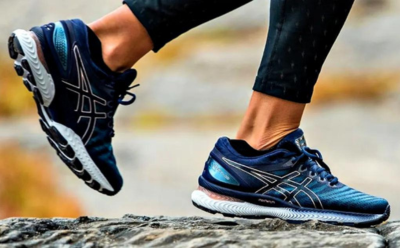
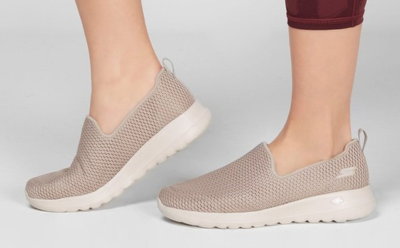
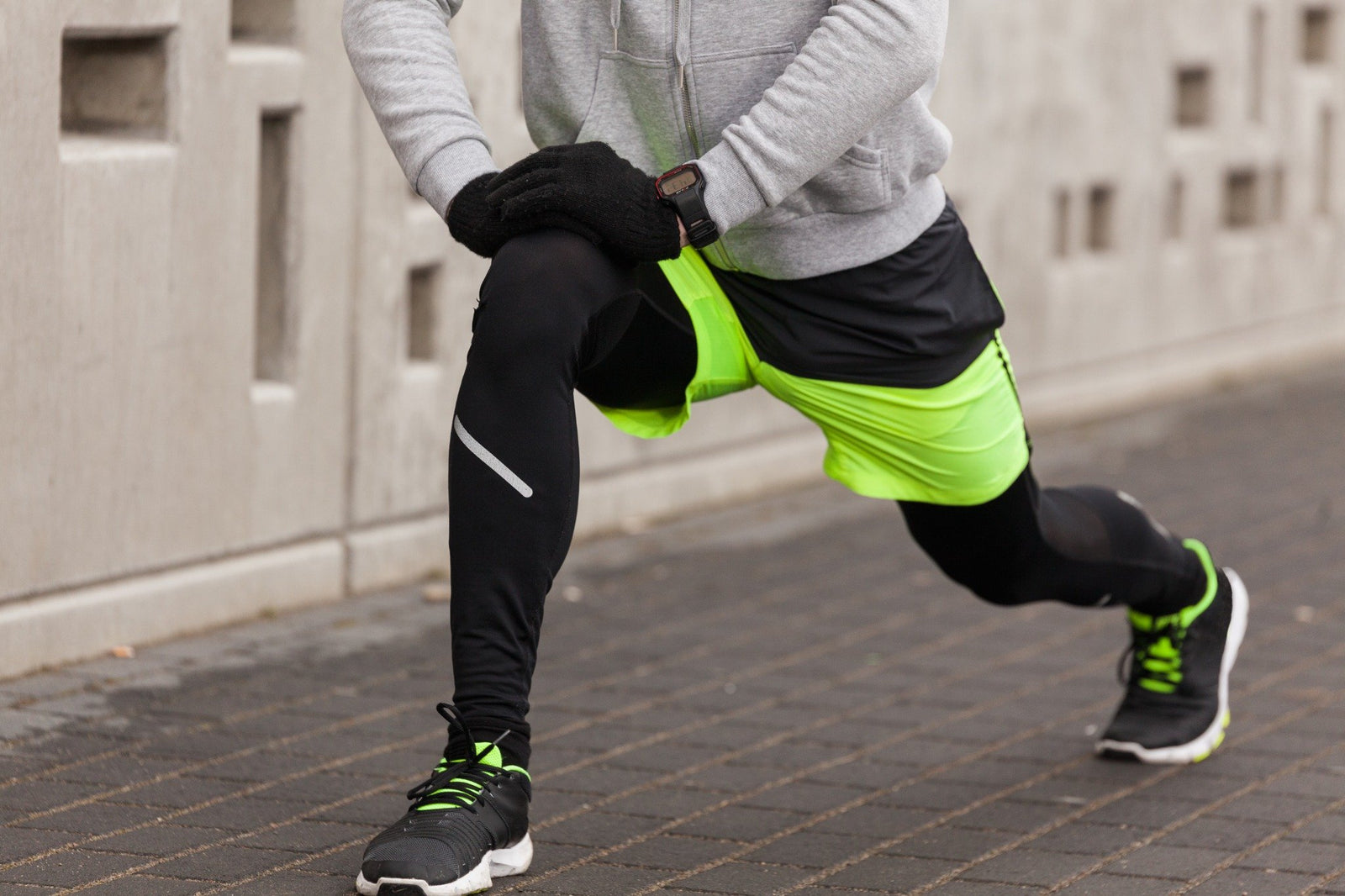

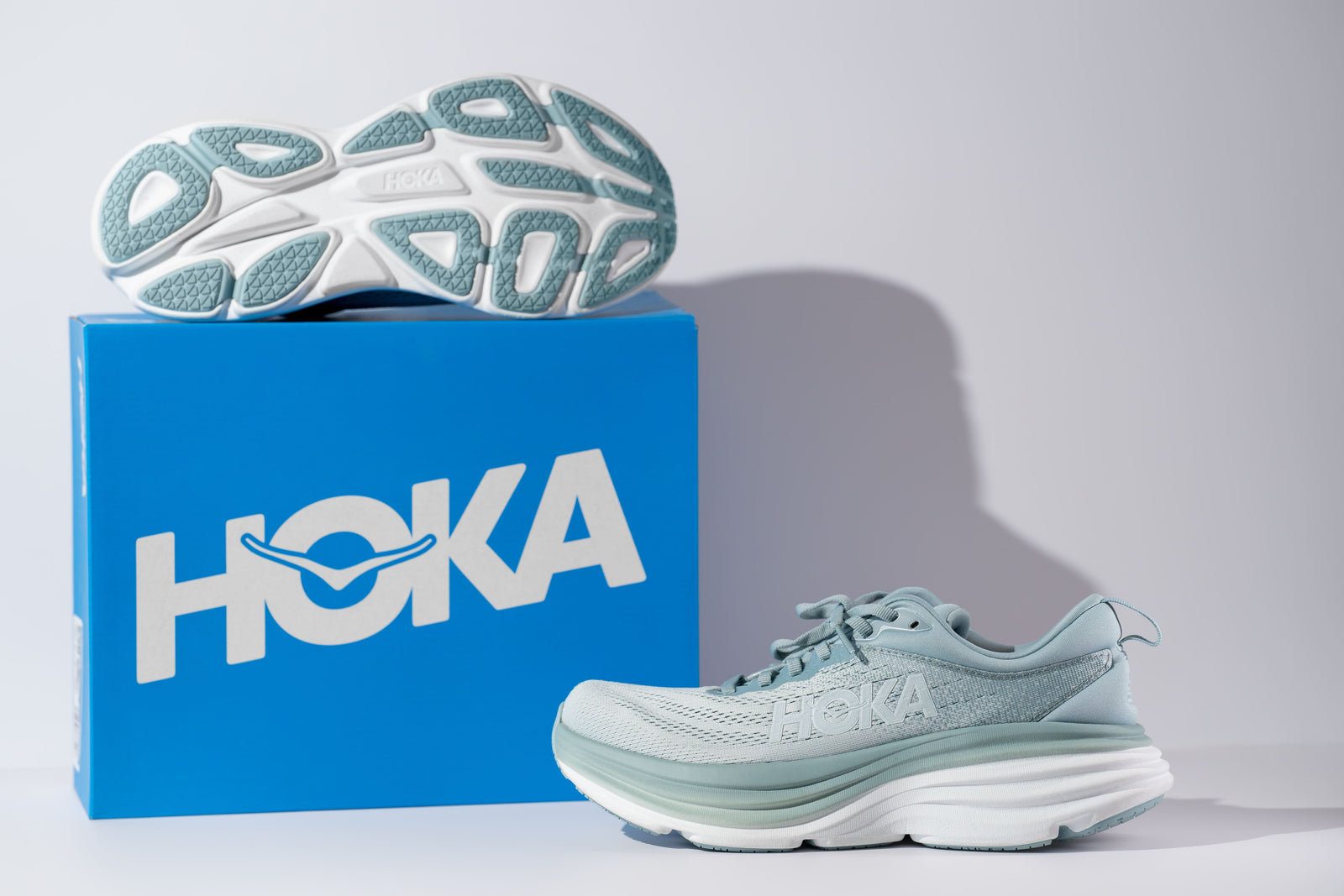
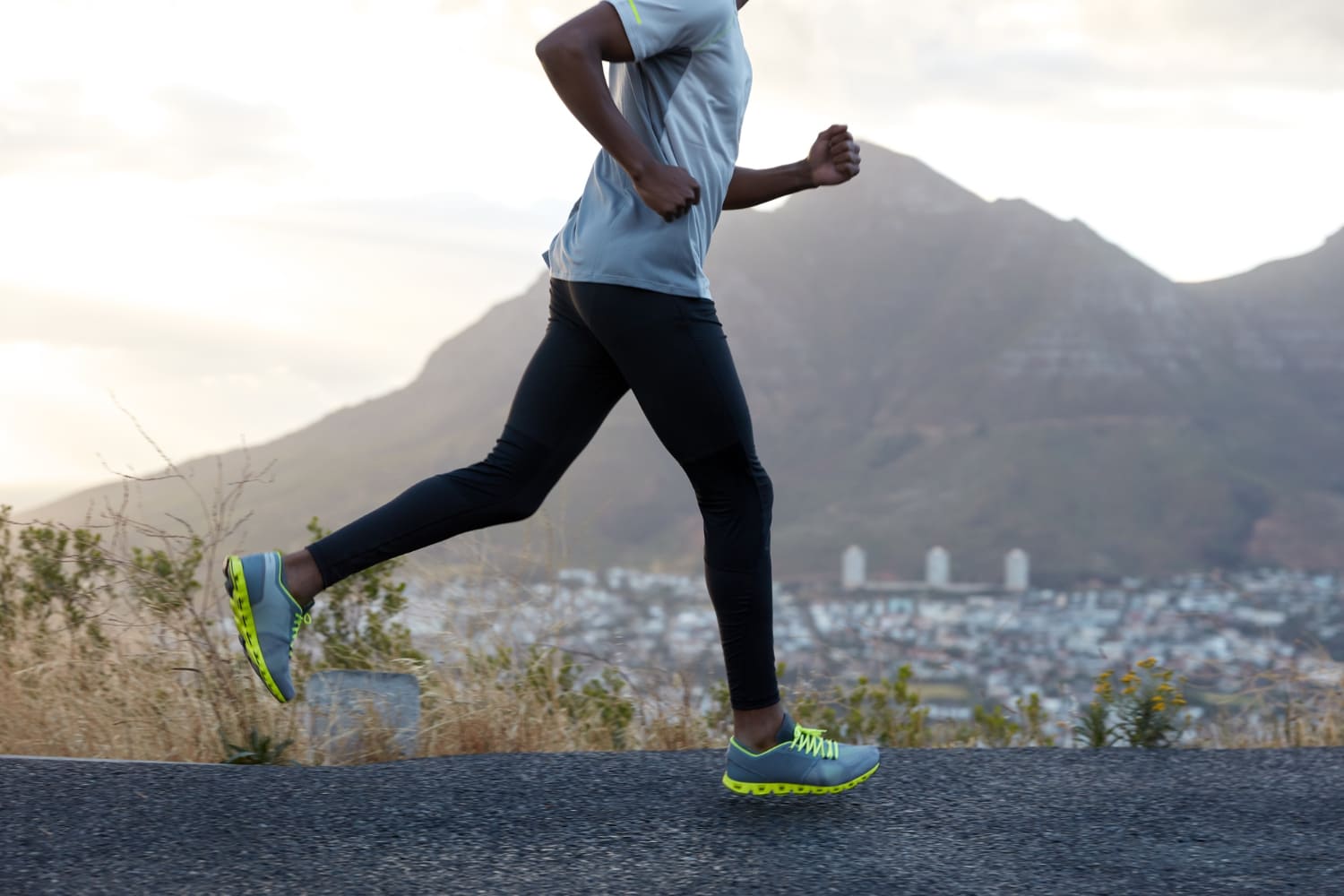
Leave a comment (all fields required)